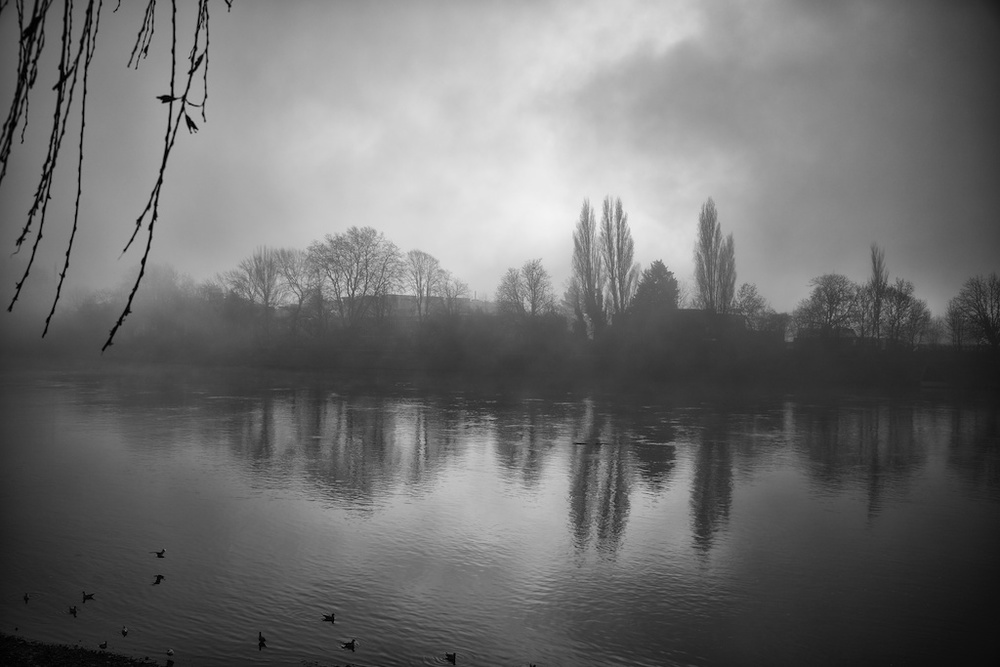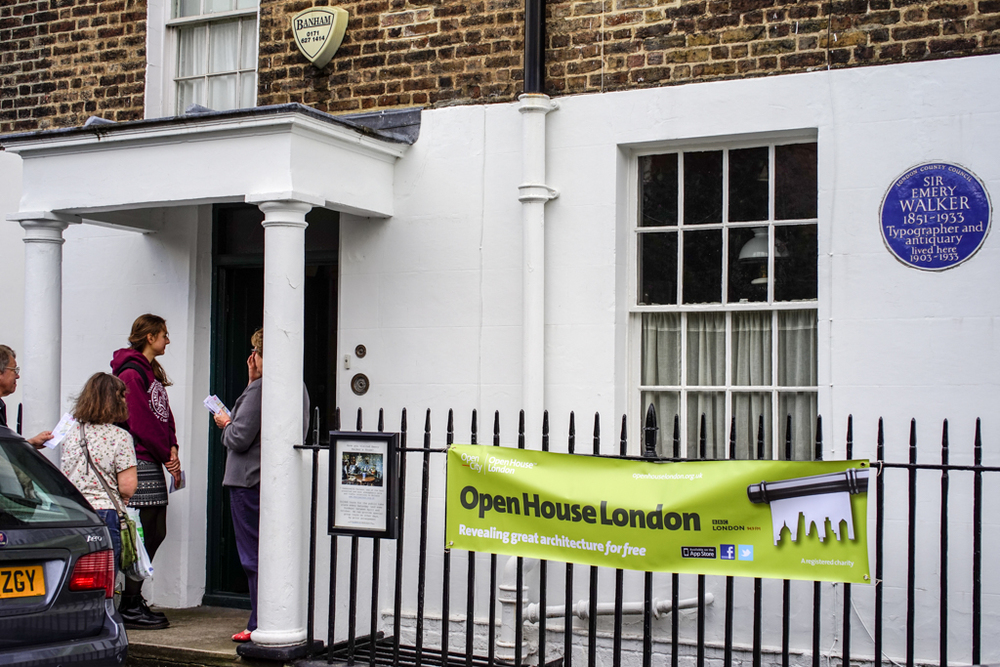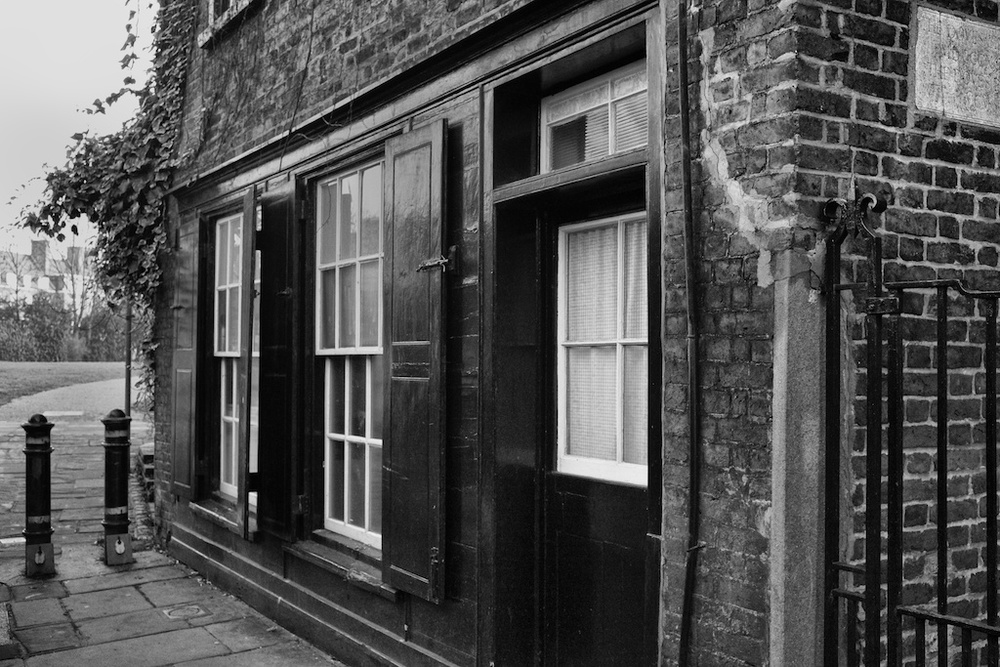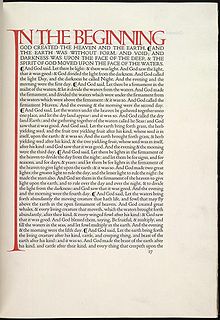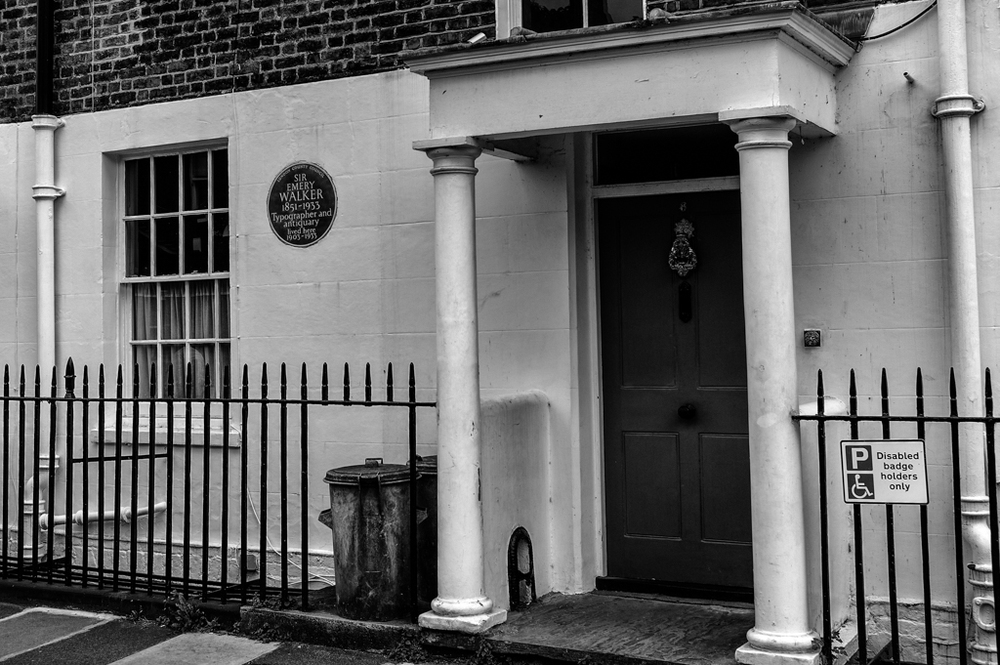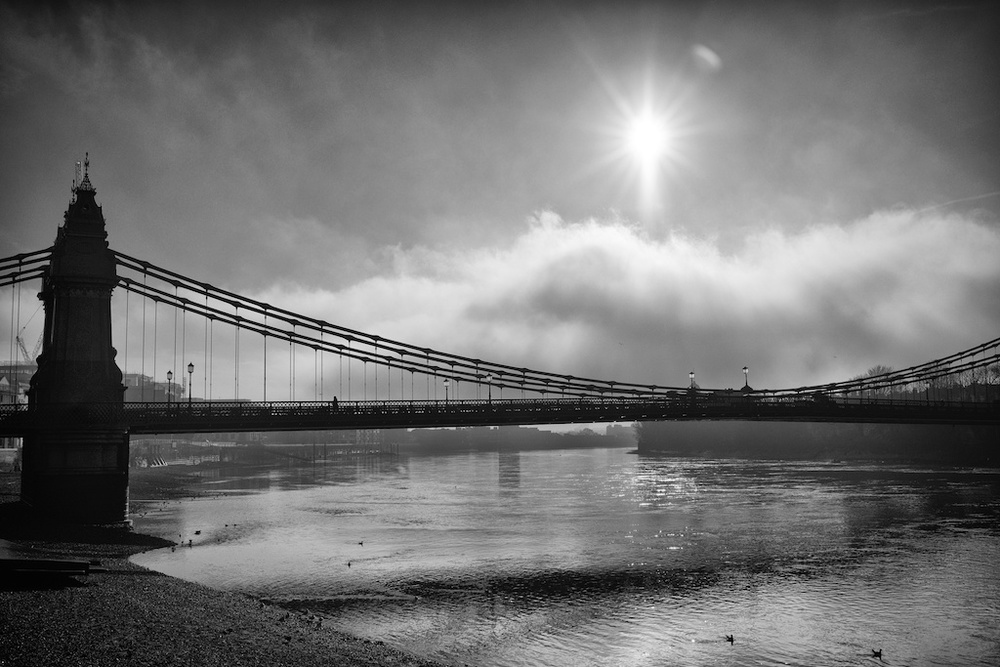
A misty night at Hammersmith Mall in 1916 and an elderly gentleman can be seen shuffling towards the bridge with a heavy bag. His mission is to cast the final 12lb load of lead type into Thames. Since 1913 he had been gradually drowning the renowned Doves Type and in total he consigned 2,600lb of metal to the depths. Not a slug of it has never been found.
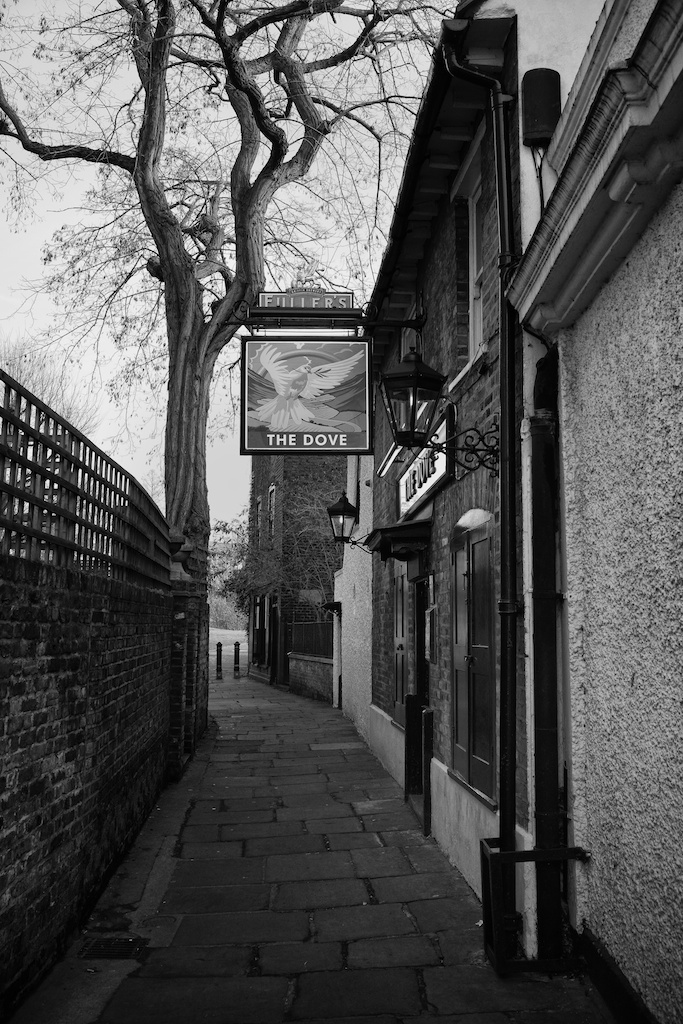
The old gentleman was Thomas Cobden-Sanderson who had founded the Doves Press in 1900 with his partner, Sir Emery Walker. They set up shop in a small house in Hammersmith Mall, next door to the famous Dove Tavern, and a few steps away from the London home of William Morris, Kelmscott House The press produced all its books in a unique typeface, designed in 1899 and known as Doves Type, which existed in only one size, the equivalent of 16pt. Yet during the First World War Cobden-Sanderson pitched the whole lot into the Thames simply to spite his partner.
Cobden-Sanderson had fallen out with Walker because he felt he was not getting sufficient working support. It became an acrimonious dispute and the partnership was dissolved in 1909 with the legal proviso that Emery Walker should have access to the Doves Type.
This restriction clearly festered in Cobden-Sanderson’s mind and within four years he had determined that no one, least of all Emery Walker, would ever use the typeface again. In an act of unprecedented vandalism he cast the type, including all the tools and jigs needed to replace it, into the mud of the Thames.
Both Cobden-Sanderson and Emery Walker has been close to William Morris, the renowned designer who lived nearby. It was Cobden-Sanderson who in 1887 suggested a committee to be called the Arts and Crafts Exhibition Society which in turn gave its name to the A&C movement. In the following year Emery Walker gave a lecture on fine printing to a distinguished audience which included Oscar Wilde and William Morris. Morris was inspired to found the Kelmscott Press which subsequently depended heavily on Emery Walker’s experience and knowledge of printing.
After Morris died in 1896 Cobden-Sanderson encouraged Walker to go into partnership to establish a private press of their own. Funding was provided by Anne Cobden-Sanderson but, crucially, it was agreed that Emery Walker could take for his own use a fount of the type they intended to design, something that never happened. They found premises in the terraced house next to the Dove, across the road from Morris’s old home.
Initially this was an idyllic partnership. Between 1902 and 1905 work was concentrated on a five-volume English Bible which is thought to be the firm’s masterpiece. The opening of Genesis is now considered to be one of the world’s finest printed pages.
One hundred years later and the Doves Type has made a reappearance, not from the bottom of the Thames but on an iPhone near you. The typeface has been meticulously salvaged in digital format by designer Robert Green and can be purchased for £40. Cobden-Sanderson would probably have approved of this new arts and crafts movement in typeface design. It is booming thanks to digital compilation with none of the disadvantages and costs that go with producing traditional lead type.
Typefaces are now safe from vandalism and no one can again spite the world by tipping a load of lead over Hammersmith Bridge.
